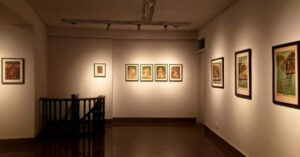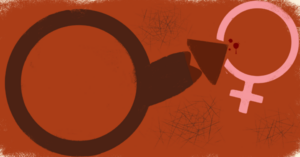On August 13, the Ambuja Neotia channel on YouTube premiered Jaya Hey 2.0, an expansive, 8-plus minute music video of Rabindranath Tagore’s paean to the motherland, re-conceived by the Kolkata duo of Sourendro Mullick and Soumyojit Das. To celebrate the 75th year of India’s Independence, Sourendro-Soumyajit’s version of the national anthem features 75 artistes from all across the country, from iconic classical musicians to dashing young trailblazers. The video has already notched up over a million views.
The video is a throwback to the twin 1980s projects that brought together musicians from all across India to sing in praise of unity in diversity: the two public service advertisements Baje Sargam and, to a lesser extent, Mile Sur Mera Tumhara. Part of a national integration campaign spread through Doordarshan, then India’s only channel with national reach, both the music videos featured some of the icons who feature in the Jaya Hey 2.0 video.
Daakbangla sat down with Sourendro-Soumyojit to talk about the massive Jaya Hey 2.0 project, and the road ahead:
Tell us about the idea of Jaya Hey 2.0
Sourendro: Music had played a very important role in the Freedom Movement of the country. Bengal has had a rich and long legacy of patriotic songs like Vande Mataram, or the songs of Dwijendralal Roy. Music formed the backbone of a cult movement that offered the strength to fight the oppressor. We felt that nothing could be better than getting a wide array of stalwarts to voice Jana Gana Mana to celebrate the 75th year of India’s Independence; to come together and strengthen the voice of nationalism, if I may say so.
Our country is full of differences, but this song remains iconic and has always brought people together. We ended up with four generations of musicians who sang and played on the song: from Vikku Vinayakaramji, Hariprasadji (Chaurasia) and Ashaji (Bhonsale), who are all touching 90, to icons like Ustad Amjad Ali Khan and Hariharanji, to 25-30 year old artistes, including guitarist Ridu ‘Rhythm’ Shaw, Somlata, Pratibha Singh Bagel, Anwesshaa. Some of the veteran artistes had even seen India step into Independence. Jaya Hey is a song of unification, and we have touched upon different aspects of Indian music, from folk to pop to classical music to contemporary music.

How long did it take to plan this massive project?
As producer and presenter, Harsh Vardhan Neotia had been in touch with us for about a year back, but practically, we started work on the project only in June 2022, following World Music Day. Of course, the project required long planning and ideation and back-end production. We are lucky that we are loved by the fraternity in the country, and everyone more or less came on board on the basis of a single phone call.
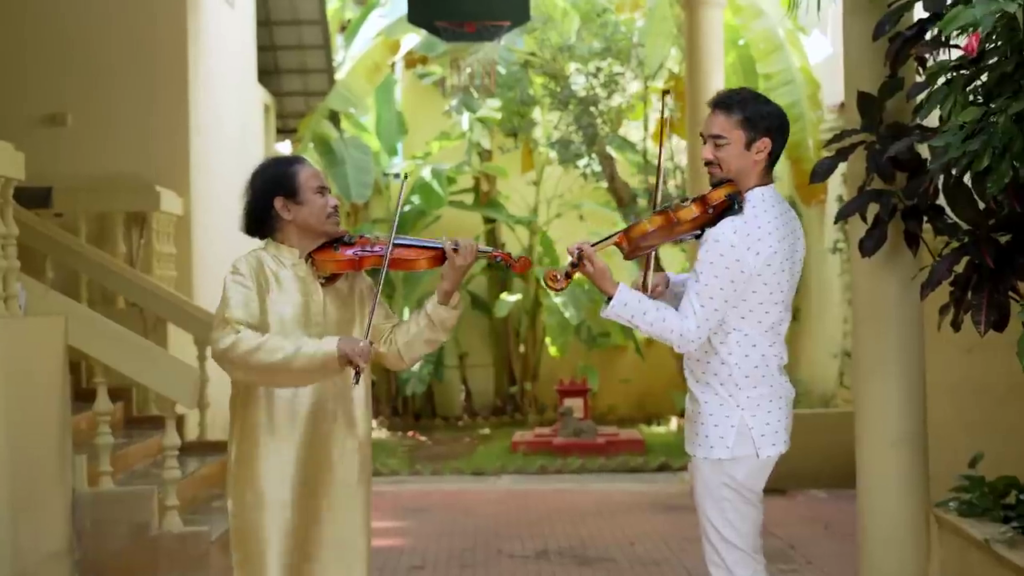
Apart from pre-production, the whole shoot and recording was done in a matter of 22 days – from July 10 onwards. Over three weeks, we zig-zagged across India, from Nagaland to the Thar desert Arabian Sea in Mumbai to Vivekananda Rocks in Kanyakumari, to record the artistes and shoot the video.
What remains memorable from the recording/shoot schedule?
Post-Covid, the technicalities of creating ‘convenient’ music has become so much simpler, and so has the acceptance. Artistes seem to have no vanity anymore; they are very different people today. So that remains a major take-back from the process.
We travelled with three set-ups: a sound recording crew, a shoot crew and a production crew, but we kept it light. We had formed a very simple recording set-up and an easy shooting/camera set-up, as well; very easy to set up and tear down. We went around the country with this set-up to different venues, without any ego, any security concerns etc. In the west, this kind of a convenient, mobile set-up that offers solid technical backing is already in vogue, but for us, this was a first. We adapted this technique, using natural sounds — from birdsongs to the sound of the breeze and the ocean – to enrich the whole soundscape, presenting an honest ‘sound of India’.
It is a made-in-Kolkata video, gathered from all across the country – something that we tend to do often! The song has been composed by us (Sourendro and Soumyojit) mixed and mastered by Gautam Basu of (Usha Uthup’s) Studio Vibrations. We feel an emotional warmth working in that studio, it has supported us through years; it has made magic for us!
‘We wanted it to be a very honest participation project for musicians, so we thought we’d include folk music. But even within that form, we chose carefully: this was an opportunity to include stalwarts like Teejan Bai, Guru Rewben Mashangva, Lou Majaw or someone like Parvati Baul. At the same time, we are students of classical music, so the doyens of that form, from Parveen Sultana to Pandit Ajoy Chakraborty to Ustad Rashid Khan became a part of the project.’
What was your method in zoning-in on the specific 75 artistes for the song?
Soumyojit: There are about 30-40 artistes in the song that one had to have – the top line, so to speak – but we always kept in mind that the video mustn’t become too Bollywood-ish. We wanted it to be a very honest participation project for musicians, so we thought we’d include folk music. But even within that form, we chose carefully: this was an opportunity to include stalwarts like Teejan Bai, Guru Rewben Mashangva, Lou Majaw or someone like Parvati Baul. At the same time, we are students of classical music, so the doyens of that form, from Parveen Sultana to Pandit Ajoy Chakraborty to Ustad Rashid Khan became a part of the project. To be very honest, we could actually record 95% of the artistes we have had on our wish-list, and that was very rewarding. For the remaining 5%, some had date issues, or a contract that did not allow them to participate in something like this.
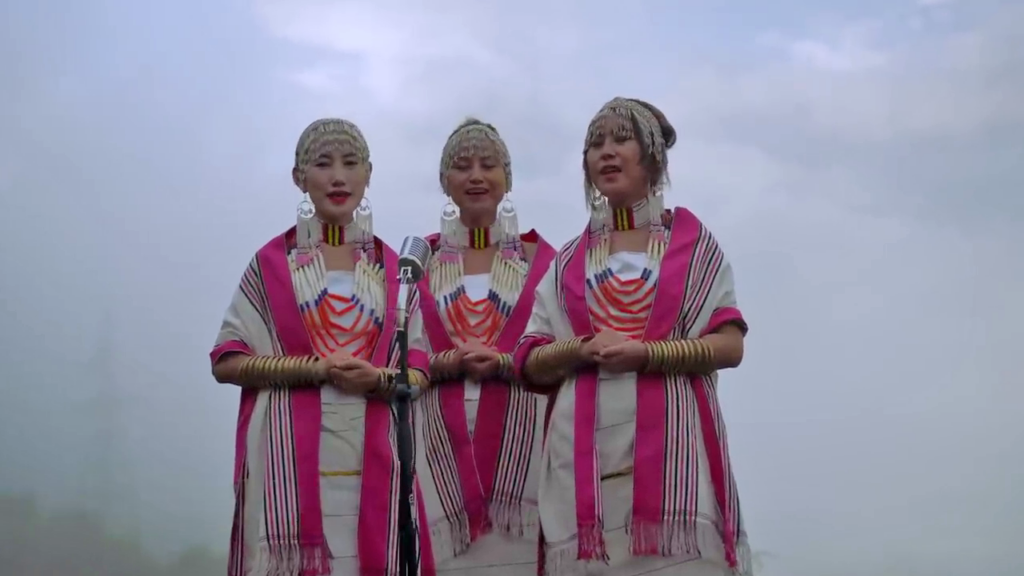
Sourendro: For example, we had met up with Zakirji (tabla legend Ustad Zakir Husain) and he had readily agreed to participate in the project, but ultimately, schedules did not match!
We were also very happy that we could get artistes from all over the country. It was a conscious decision to get to record artistes from the North-East, Gujarat and Rajasthan, away from the music hubs of the country, like Bollywood, Kolkata, Chennai or Bangalore.
Now, when we look at the video, it is daunting; I am certain that this cannot be done all over again! But when we were conceiving it, there was some kind of energy that pushed us through those 22 days of production.
What is next for Sourendra-Soumyojit?
Soumyojit: For now, the focus is on our own compositions and the upcoming international tours. Of course, if a project of this scale comes up, it brings in its own ideas, and we are open to that.
I don’t know why we don’t really get many calls from the Bangla film industry (laughs), but I’m sure there are some good films that will feature our music. Cinema is a beautiful medium, and for now, we will be waiting for the right film to come our way.
Shubha Mudgal on Jaya Hey 2.0
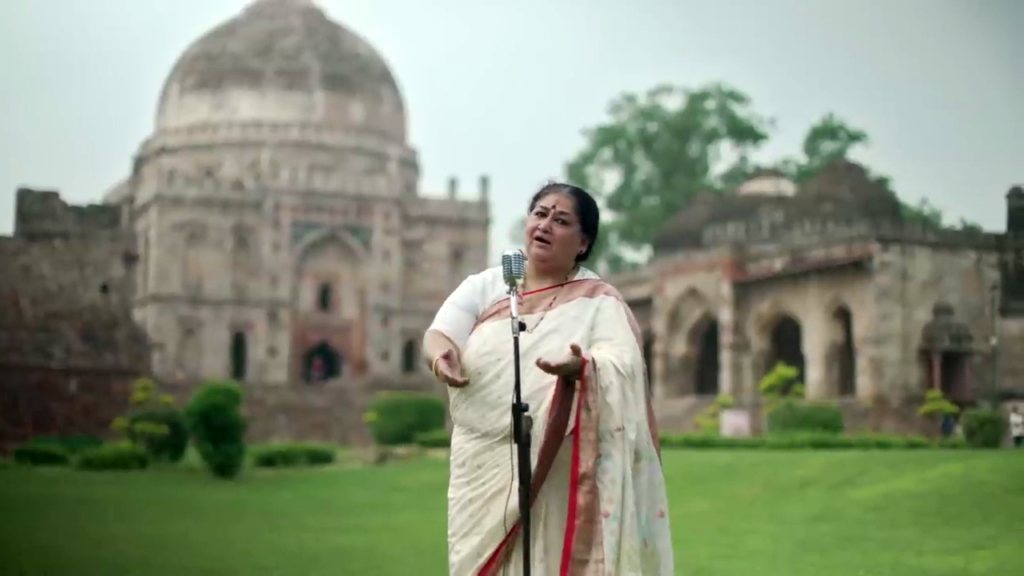
‘I was invited to be one of the 75 artistes featured in Jaya Hey 2.0 by Sourendro and Soumyojit, who initiated the project and went about executing it with the meticulous planning for detail that seems to be a hallmark of their work. The duo chose the line or extract they wanted me to sing, and sent a guide track that I could refer to before recording it. So if my Bangla diction is at all passable in Jaya Hey, it is thanks to the guide track in Soumyojit’s voice which I referred to.’
‘My sequence was shot in the Lodi Gardens in Delhi, with the tomb of Sikandar Lodi behind me, framed against magnificent clear blue skies that morning. I am happy to have been part of the project, also because it brings together so many artistes whose voices would perhaps never come together otherwise in a single track. But whether an effort like this will play any part in uniting a divided and polarised India, is not a claim I can make. Having said that, it is what we can do as musicians — namely, sing together in hope !’
Rupam Islam on Jaya Hey 2.0
‘I was very excited on getting the offer to be a part of the Jaya Hey 2.0 project; I finished recording my part within 10 minutes of getting the green signal and sent it forth. It was a huge honour to be a part of a project of this scale, one that included icons like Ustad Amjad Ali Khan, Asha Bhonsale and Hariharan. The music video gave me goosebumps; it was extremely well-executed.’
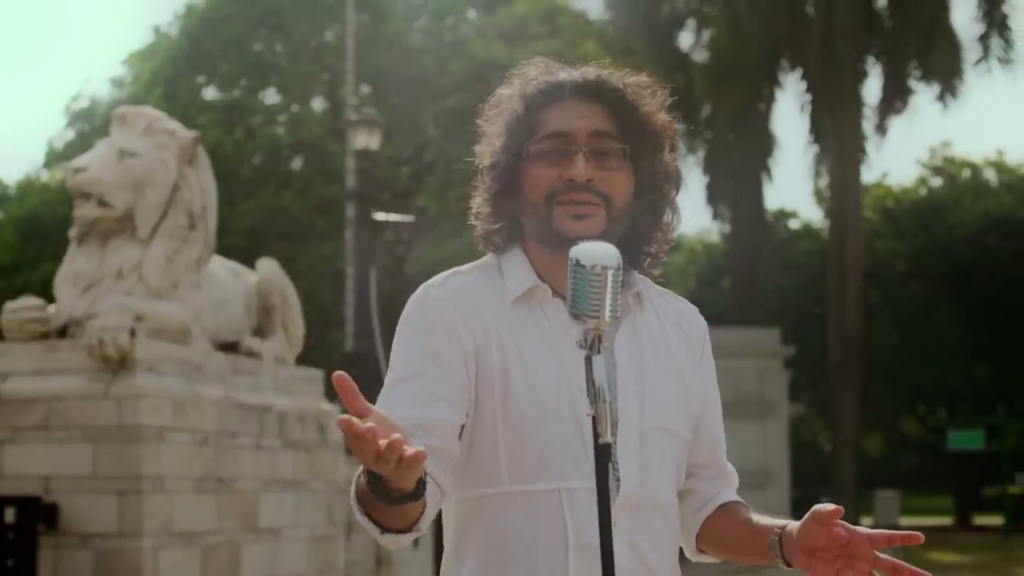
‘My grandfather was a Freedom Fighter; he had been incarcerated many times. Our family home had furniture that was made by him in jail. To sing for your motherland, to sing in a project that involves the national anthem, is thus a matter of great pride for me. The emotional element in such projects remains unaparalleled.’



